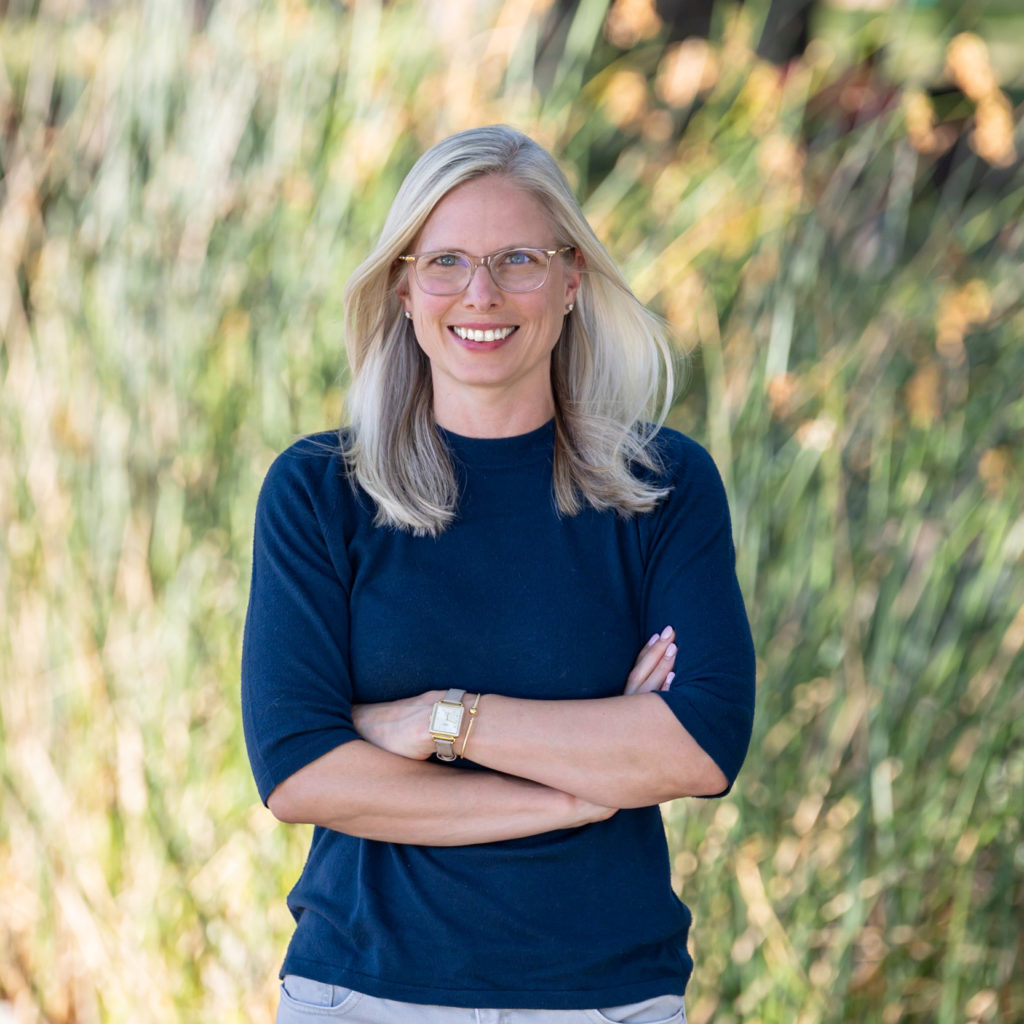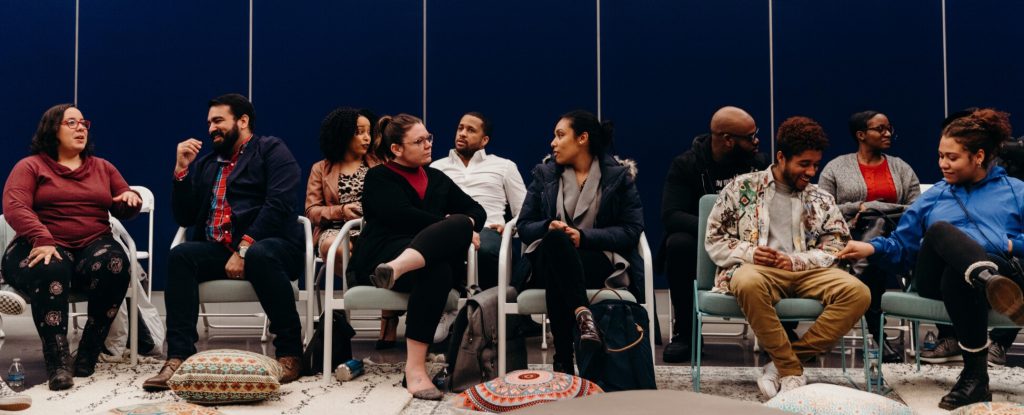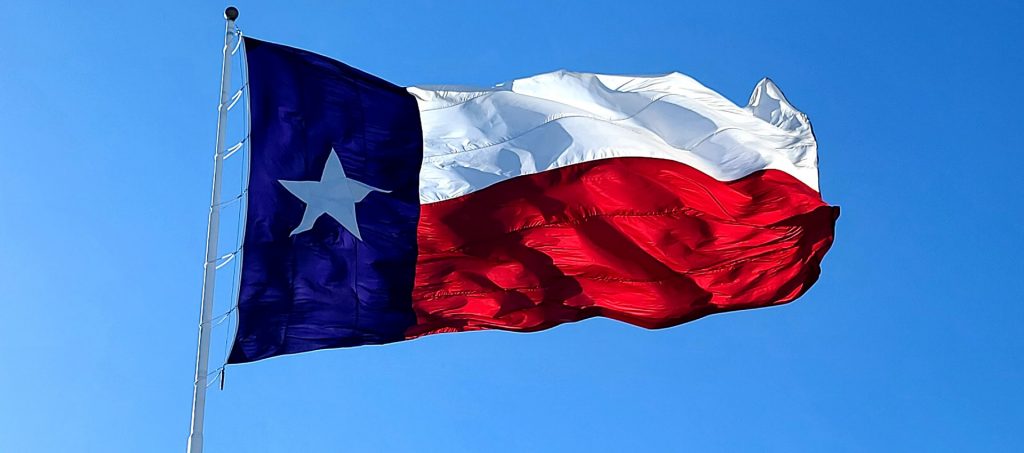Bridging the Gap: Youth-Led Organizing & Big Philanthropy
With the 2016 election in the rearview mirror, the Youth Engagement Action Fund was looking toward the 2018 midterm election. This year would be critical, with important governors’ races and large numbers of state and national legislative seats in play.
The Ask
YEAF’s goal was to mobilize young voters aged 18–35, a group that’s important to elections but not known for huge turnouts. With a population rivaling older generations, they had the numbers to sway elections… if they turned out en masse.
A puzzle sat at the center of YEAF’s goal: Young people care about civic life (76% express an interest in elections, 85% have interest in public affairs, and 83% intend to vote)1, they just don’t vote.
To address this puzzle, YEAF honed in on structural impediments that seemed to especially handicap young voters: the confusing maze of registration, difficulty in getting time off to vote, and feeling too ill-informed to vote.2
YEAF knew that on-the-ground organizations were best positioned to tackle these structural issues. No one knew their own states better, regarding the voting laws, their youth populations and the issues that mattered to them.
YEAF sought a partner to develop profiles of key states where the youth vote could have a real impact. Those profiles would overview each state’s youth engagement and the organizations that empower young people to make change on the issues that matter most to them.
YEAF, a gifted matchmaker
YEAF was founded on the fundamental belief in young people’s potential to shape the political landscape through their:
- Votes
- Vision and passion for issues that affect us all
- Ability to influence the cultural conversation
While YEAF focuses on all young voters, they are especially dedicated “helping young people of color flex their voting power.”3
Civic engagement and voting, especially among young people of color, is a grassroots endeavor, and there’s no shortage of groups doing incredible, important work with young people at the state level.
At the same time, there’s no shortage of philanthropies and donors who want to fund youth civic engagement. However, they’re not well set up to identify the most effective grassroots organizations, which are typically much smaller and fluid than their typical grantees, and to learn what help looks like to them. The information available to philanthropies is often stale and incomplete and rarely provides like-for-like comparison
YEAF identified this profound gap, and proposed to bridge it with an unprecedented information set. These state-based profiles would enable philanthropies and funders to identify the on-the-ground organizations most aligned to their goals. We saw this as a simple yet revolutionary tactic, and we were honored to take on the task.
The Grassroots Solutions Approach: Connected, fresh intelligence
The task, on the surface, appeared simple.
- ID 15 states where young people’s votes would have real potential to impact elections.
- Profile each state’s young electorate and the grassroots organizations that engage with them.
Doing the task well? Complex, nuanced and thoughtful.
The difference, we knew, would be in going beyond data to intelligence: drawing on the combination of our practitioner knowledge of philanthropy, grassroots organizations, and what it takes to get young people to vote. Here’s how we went about it.
Deliverable 1: The young electorate – voter data that would actually be useful to funders
State-by-state voter data varies wildly. Partnering with a data and analytics firm, we developed rigorous portraits to bring publicly available data4 into apples-to-apples depth and format. We modeled each state’s:
- Youth population: size and scope
- Youth voting history insights and voter turnout projections
Further demographic modeling illuminated voting potential along ethnic lines and age breaks: invaluable insights that are rarely available.
Deliverable 2: Grassroots organizations – “a body in motion”
“It is much easier to put existing resources to better use than to develop resources where they do not exist.”
– George Soros
We couldn’t agree more, and so we cast a wide net for existing grassroots organizations that focused on young people or had staff dedicated to young people.
We captured what each organization did, which youth populations they focused on, which races and issues they were most concerned with, the nature of their field operations, their budget status and needs, and contact information, so funders and the organizations could connect directly.
Deliverable 3: Youth-infused electoral analysis
While not part of our original task, we took this opportunity to marry our knowledge of youth voters with the 2018 political races—this, knowing that different funders would be drawn to different issues and races. We got the lay of the land—which governorships and state and national legislative seats were in play. Our in-state conversations with grassroots organizations and leaders enabled us to pinpoint the issues and concerns particular to that state’s young voters.
In developing YEAF’s state profiles, the magic lay in the quality, depth, connectedness and freshness of the data, and the never-before-created like-to-like comparison. With this body of knowledge, funders would be able to choose the states that best met their interests and, within those states, the grassroots organizations they felt most aligned to.
Moving Forward
As facilitator, rather than gatekeeper, YEAF intended to provide information that would allow complementary grassroots organizations and funders to come together directly: a match-making of sorts.
With coming together as the guiding principle, the 15 state profiles:
- Were intentionally designed to be easily shared and understood.
- Would expose funders to organizations that typically wouldn’t cross their radar, but were remarkably well matched in value systems and aims.
- Provided funders with information they’d need, but rarely had access to, in order to rigorously evaluate potential grassroots grantees.
Beyond this, a fortuitous byproduct emerged: the profiles themselves and the active, engaged sharing of the information among funders and grantees created a new, connected landscape of the project’s original philanthropies and grassroots organizations. The legacy is a living ecosystem into which new folks from both sides could be easily welcomed and absorbed.
Reflections
The YEAF project put our deep landscape knowledge to an entirely new use: filling a vast knowledge gap in the youth voting landscape. Three factors made the difference.
Inviting and useable
We’d gathered the particulars that would satisfy funders’ rigorous grant-making standards. We knew, though, that this project would only be successful if funders actually engaged with the data.
We turned to information visualization to create portraits that beckoned the reader visually and rendered complex intelligence simple and telegraphic.
Translational communications
To date, significant philanthropies and grassroots organizations in this space couldn’t easily talk with each other. It wasn’t a matter of intent but of speaking different languages.
Because we’d worked extensively with funders, we knew what knowledge would satisfy their needs. And because we served—and had served with—grassroots organizations, we knew how to identify their needs in ways others might miss. Ours was, in effect, a translational effort toward clear, productive communication.
Share and share alike
Finally, in keeping with our and YEAF’s missions, one of the most gratifying aspects of the project was that the voter data—unique, deep, and state-specific—was not just shared “up” to philanthropies but out to the field, to the people and organizations actually doing the work. This data, which would otherwise be inaccessible and prohibitively expensive to most grassroots organizations, was put in their hands to build “a more just and equitable future for us all.”
1 Making Young Voters While this data comes from a 2020 publication, it illustrates well-documented trends
2 NPR
4 All data, it should be noted, was analyzed in the aggregate to reveal youth voter truths and trends, while protecting privacy.







